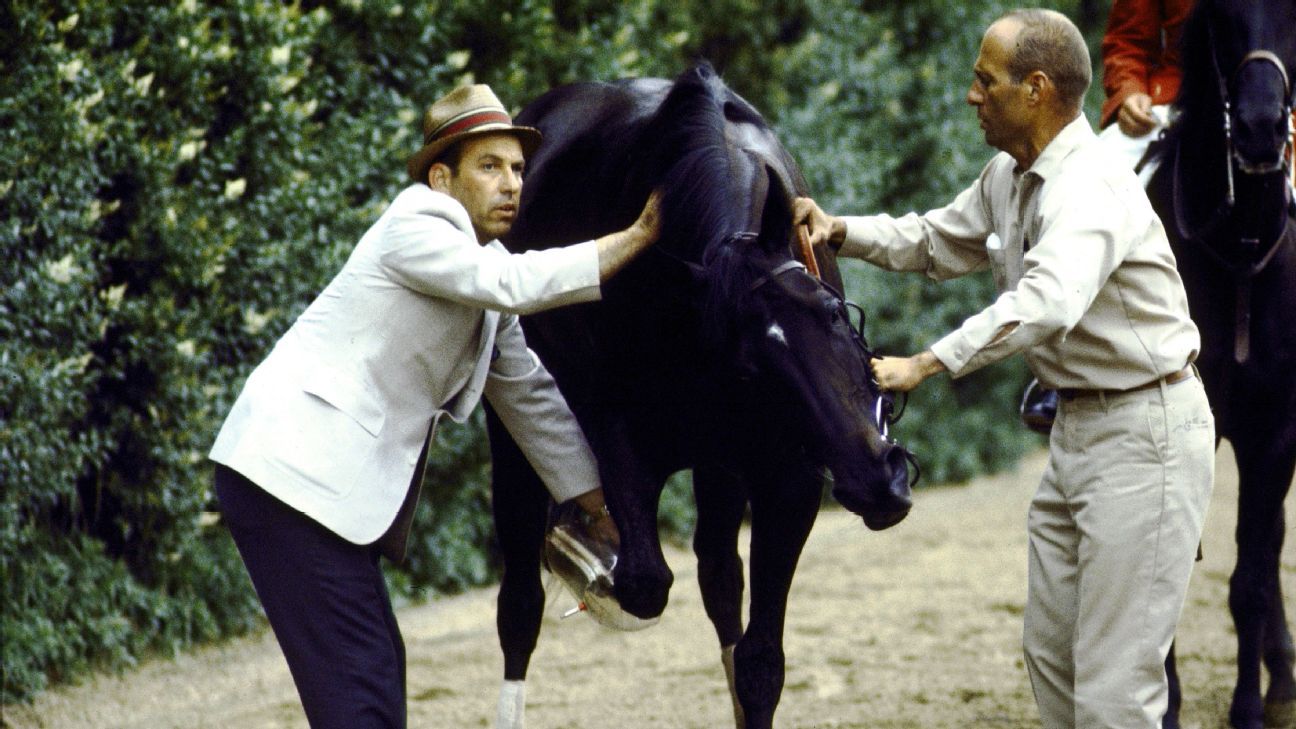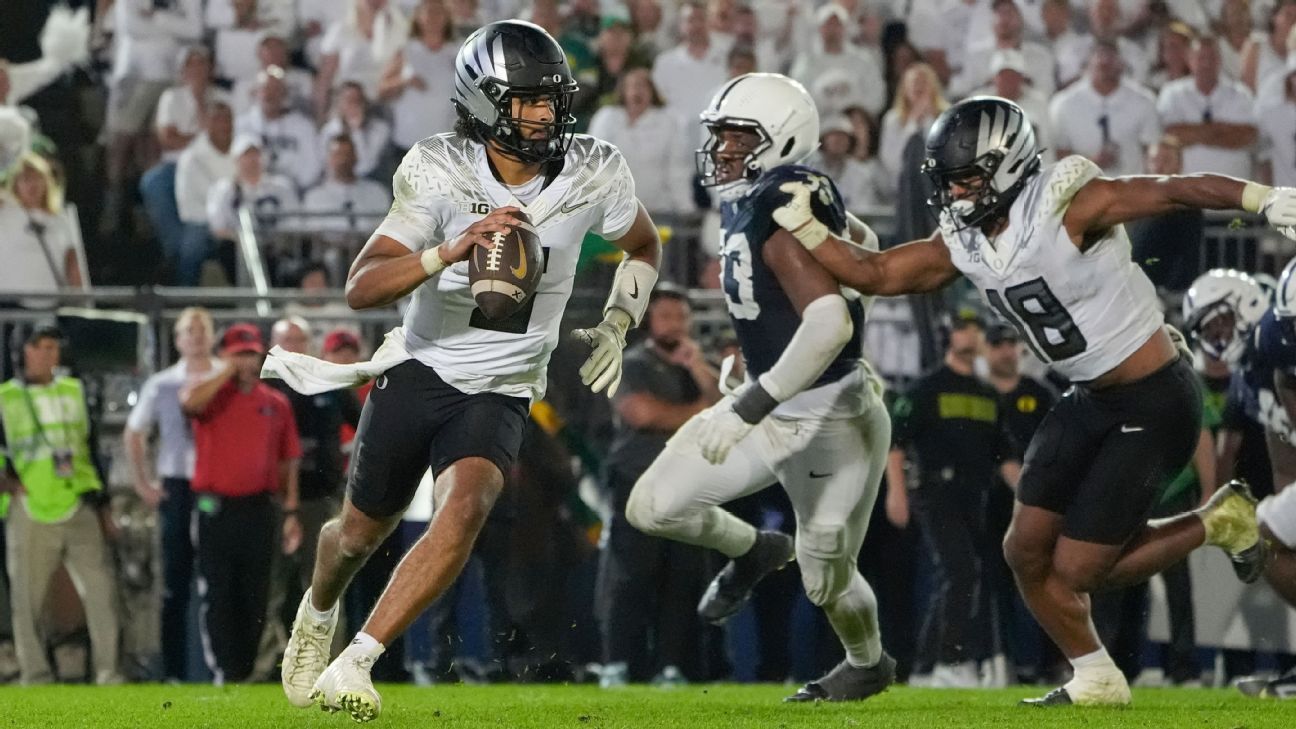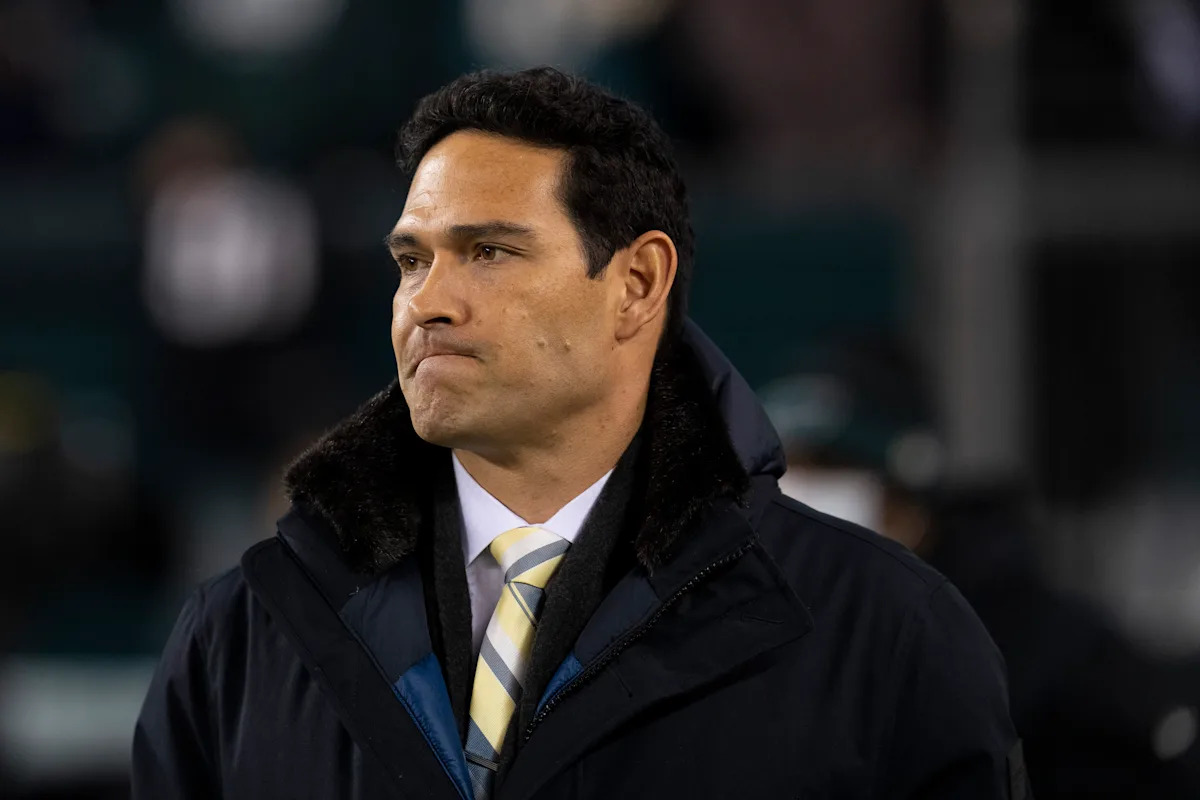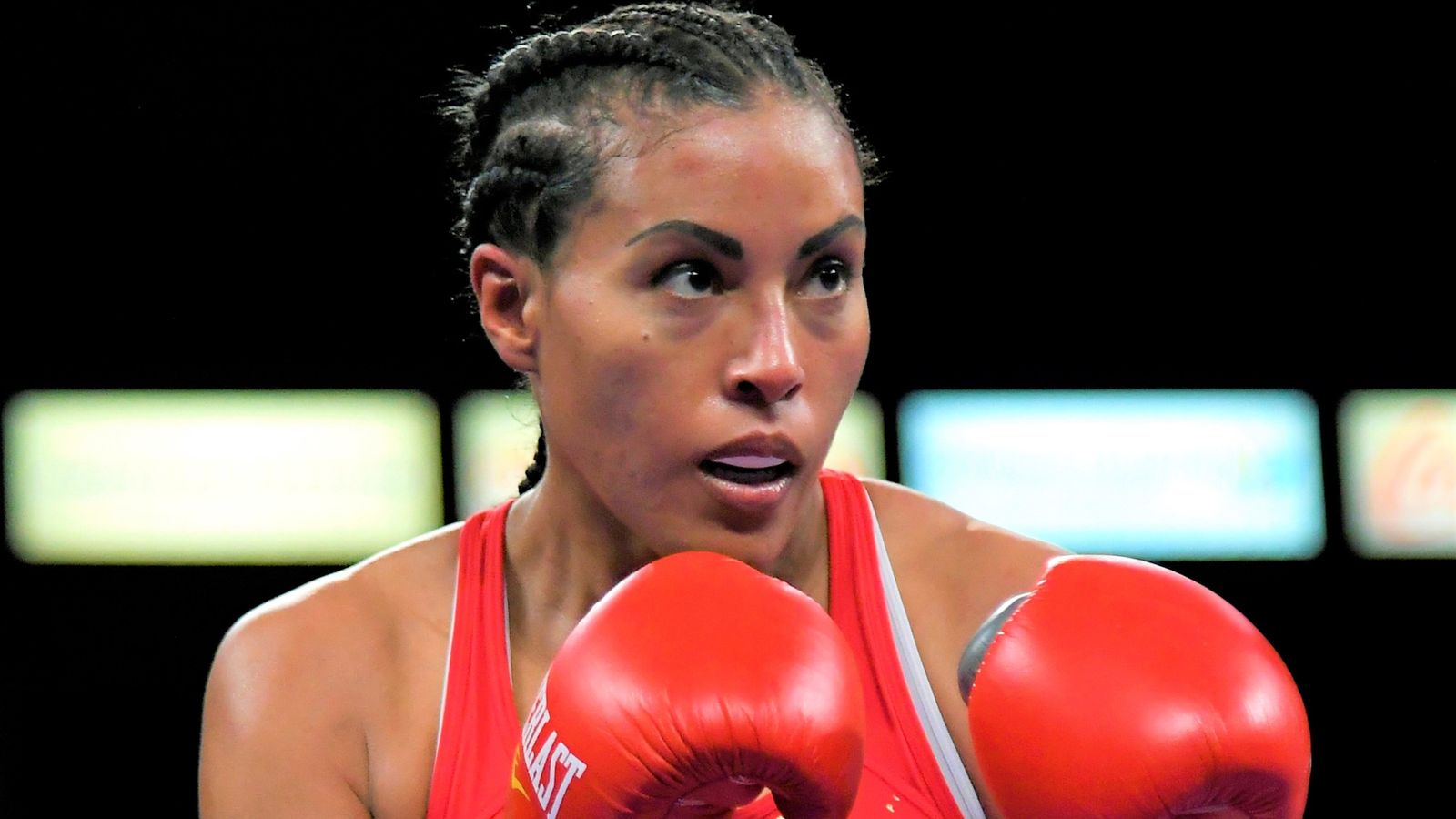
Thoroughbred racing suffered its most ignominious, industry-deflating moment 50 years ago today with the breakdown of Ruffian, an undefeated filly running against Foolish Pleasure in a highly promoted match race at Belmont Park. Her tragic end on July 6, 1975, was a catastrophe for the sport, and observers say racing has never truly recovered.
Two years earlier, during the rise of second-wave feminism, the nation had been mesmerized by a “Battle of the Sexes” tennis match between Billie Jean King and Bobby Riggs. King’s win became a rallying cry for women everywhere. The New York Racing Association, eager to boost daily racing crowds in the mid-1970s, proposed a competition similar to that of King and Riggs. They created a match race between Kentucky Derby winner Foolish Pleasure and Ruffian, the undefeated filly who had dominated all 10 of her starts, leading gate to wire.
“In any sport, human or equine, it’s really impossible to say who was the greatest,” said outgoing Jockey Club chairman Stuart Janney III, whose parents, Stuart and Barbara, owned Ruffian. “But I’m always comfortable thinking of Ruffian as being among the four to five greatest horses of all time.”
Ruffian, nearly jet black in color and massive, was the equine version of a Greek goddess. At the age of 2, her girth — the measurement of the strap that secures the saddle — was just over 75 inches. Comparatively, racing legend Secretariat, a male, had a 76-inch girth when he was fully developed at the age of 4.
Her name also added to the aura. “‘Ruffian’ was a little bit of a stretch because it tended to be what you’d name a colt, but it turned out to be an appropriate name,” Janney said.
On May 22, 1974, Ruffian equaled a Belmont Park track record, set by a male, in her debut at age 2, winning by 15 lengths. She set a stakes record later that summer at Saratoga in the Spinaway, the most prestigious race of the year for 2-year-old fillies. The next spring, she blew through races at longer distances, including the three races that made up the so-called Filly Triple Crown.
Some in the media speculated that she had run out of female competition.
Foolish Pleasure had meanwhile ripped through an undefeated 2-year-old season with championship year-end honors. However, after starting his sophomore campaign with a win, he finished third in the Florida Derby. He also had recovered from injuries to his front feet to win the Wood Memorial and then the Kentucky Derby.
Second-place finishes in the Preakness and Belmont Stakes left most observers with the idea that Foolish Pleasure was the best 3-year-old male in the business.
Following the Belmont Stakes, New York officials wanted to test the best filly against the best colt.
The original thought was to include the Preakness winner, Master Derby, in the Great Match Race, but the team of Foolish Pleasure’s owner, trainer and rider didn’t want a three-horse race. Since New York racing had guaranteed $50,000 to the last-place horse, they paid Master Derby’s connections $50,000 not to race. Thus, the stage was set for an equine morality play.
“[Ruffian’s] abilities gave her the advantage in the match race,” Janney said. “If she could do what she did in full fields [by getting the early lead], then it was probably going to be even more effective in a match.”
Several ballyhooed match races in sports history had captured the world’s attention without incident — Seabiscuit vs. Triple Crown winner War Admiral in 1938, Alsab vs. Triple Crown winner Whirlaway in 1942, and Nashua vs. Swaps in 1955. None of those races, though, had the gender divide “it” factor.
The Great Match Race attracted 50,000 live attendees and more than 18 million TV viewers on CBS, comparable to the Grammy Awards and a pair of NFL “Sunday Night Football” games in 2024.
Prominent New York sportswriter Dick Young wrote at the time that, for women, “Ruffian was a way of getting even.”
“I can remember driving up the New Jersey Turnpike, and the lady that took the toll in one of those booths was wearing a button that said, ‘I’m for her,’ meaning Ruffian,” Janney said.
As the day approached, Ruffian’s rider, Jacinto Vasquez, who also was the regular rider of Foolish Pleasure including at the Kentucky Derby, had to choose whom to ride for the match race.
“I had ridden Foolish Pleasure, and I knew what he could do,” Vasquez told ESPN. “But I didn’t think he could beat the filly. He didn’t have the speed or stamina.”
Braulio Baeza, who had ridden Foolish Pleasure to victory in the previous year’s premier 2-year-old race, Hopeful Stakes, was chosen to ride Foolish Pleasure.
“I had ridden Foolish Pleasure and ridden against Ruffian,” Baeza said, with language assistance from his wife, Janice Blake. “I thought Foolish Pleasure was better than Ruffian. She just needed [early race] pressure because no one had ever pressured her.”
The 1⅛ mile race began at the start of the Belmont Park backstretch in the chute. In an ESPN documentary from 2000, Jack Whitaker, who hosted the race telecast for CBS, noted that the atmosphere turned eerie with dark thunderclouds approaching before the race.
Ruffian hit the side of the gate when the doors opened but straightened herself out quickly and assumed the lead. “The whole world, including me, thought that Ruffian was going to run off the screen and add to her legacy,” said longtime New York trainer Gary Contessa, who was a teenager when Ruffian ruled the racing world.
However, about ⅛ of a mile into the race, the force of Ruffian’s mighty strides snapped two bones in her front right leg.
“When she broke her leg, it sounded like a broken stick,” Vasquez said. “She broke her leg between her foot and her ankle. When I pulled up, the bone was shattered above the ankle. She couldn’t use that leg at all.”
It took Ruffian a few moments to realize what had happened to her, so she continued to run. Vasquez eventually hopped off and kept his shoulder leaning against her for support.
“You see it, but you don’t want to believe it,” Janney said.
Baeza had no choice but to have Foolish Pleasure finish the race in what became a macabre paid workout. The TV cameras followed him, but the eyes of everyone at the track were on the filly, who looked frightened as she was taken back to the barn area.
“When Ruffian broke down, time stood still that day,” Contessa said. Yet time was of the essence in an attempt to save her life.
Janney said that Dr. Frank Stinchfield — who was the doctor for the New York Yankees then and was “ahead of his time in fixing people’s bones” — called racing officials to see whether there was anything he could do to help with Ruffian.
New York veterinarian Dr. Manny Gilman managed to sedate Ruffian, performed surgery on her leg and, with Stinchfield’s help, secured her leg in an inflatable cast. When Ruffian woke up in the middle of the night, though, she started fighting and shattered her bones irreparably. Her team had no choice but to euthanize her at approximately 2:20 a.m. on July 7.
“She was going full bore trying to get in front of [Foolish Pleasure] out of the gate,” Baeza said. “She gave everything there. She gave her life.”
Contessa described the time after as a “stilled hush over the world.”
“When we got the word that she had rebroken her leg, the whole world was crying,” Contessa said. “I can’t reproduce the feeling that I had the day after.”
The Janneys soon flew to Maine for the summer, and they received a round of applause when the pilot announced their presence. At the cottage, they were met by thousands of well-wishing letters.
“We all sat there, after dinner every night, and we wrote every one of them back,” Janney said. “It was pretty overwhelming, and that didn’t stop for a long time. I still get letters.”
Equine fatalities have been part of the business since its inception, like the Triple Crown races and Breeders’ Cup. Some have generated headlines by coming in clusters, such as Santa Anita in 2019 and Churchill Downs in 2023. However, breakdowns are not the only factor, and likely not the most influential one, in the gradual decline of horse racing’s popularity in this country.
But the impact from the day of Ruffian’s death, and that moment, has been ongoing for horse racing.
“There are people who witnessed the breakdown and never came back,” Contessa said.
Said Janney: “At about that time, racing started to disappear from the national consciousness. The average person knows about the Kentucky Derby, and that’s about it.”
Equine racing today is a safer sport now than it was 50 years ago. The Equine Injury Database, launched by the Jockey Club in 2008, says the fatality rate nationally in 2024 was just over half of what it was at its launch.
“We finally have protocols that probably should have been in effect far sooner than this,” Contessa said. “But the protocols have made this a safer game.”
Said Vasquez: “There are a lot of nice horses today, but to have a horse like Ruffian, it’s unbelievable. Nobody could compare to Ruffian.”
#Remembering #Ruffian #years #breakdown #Belmont






